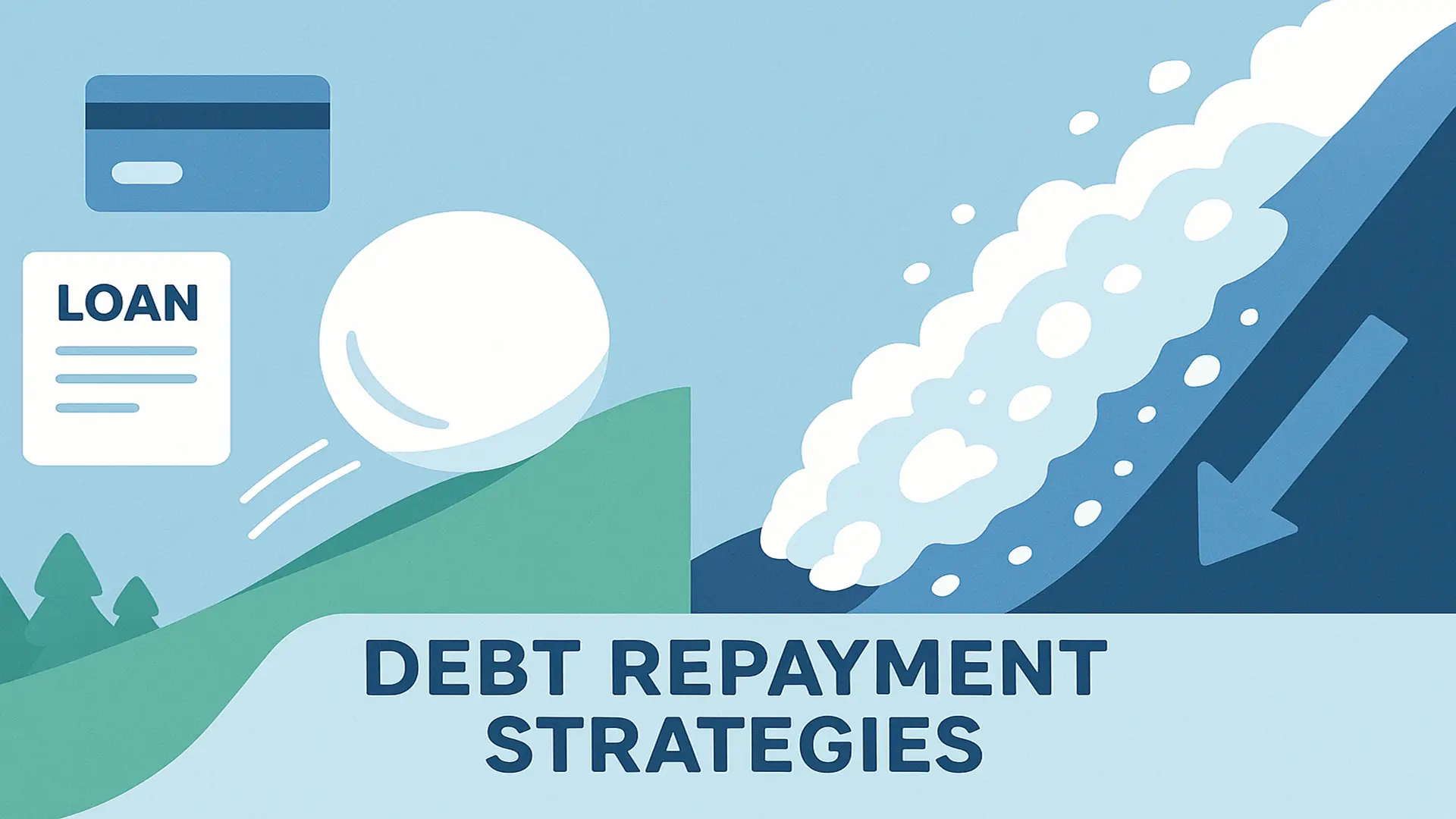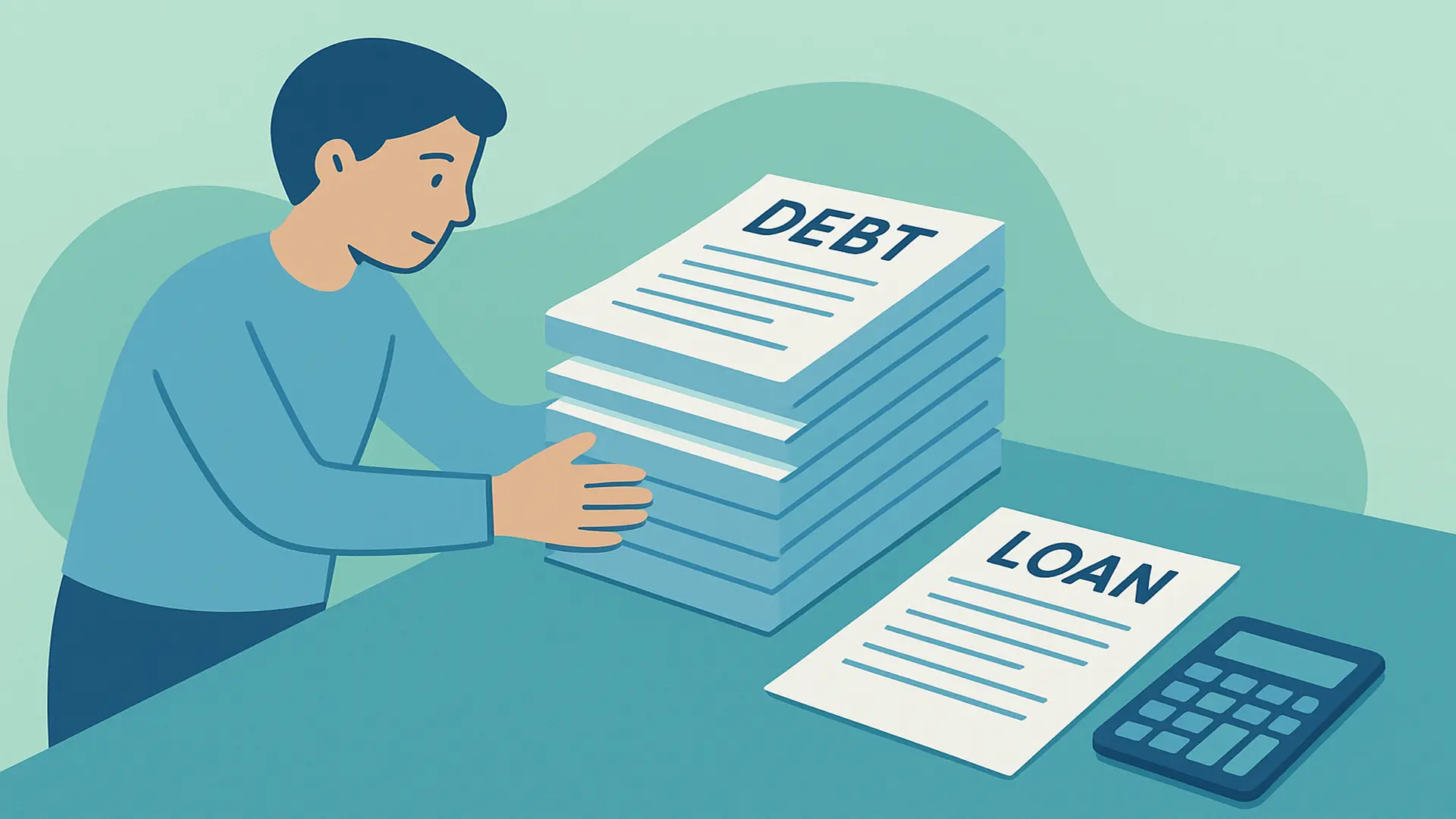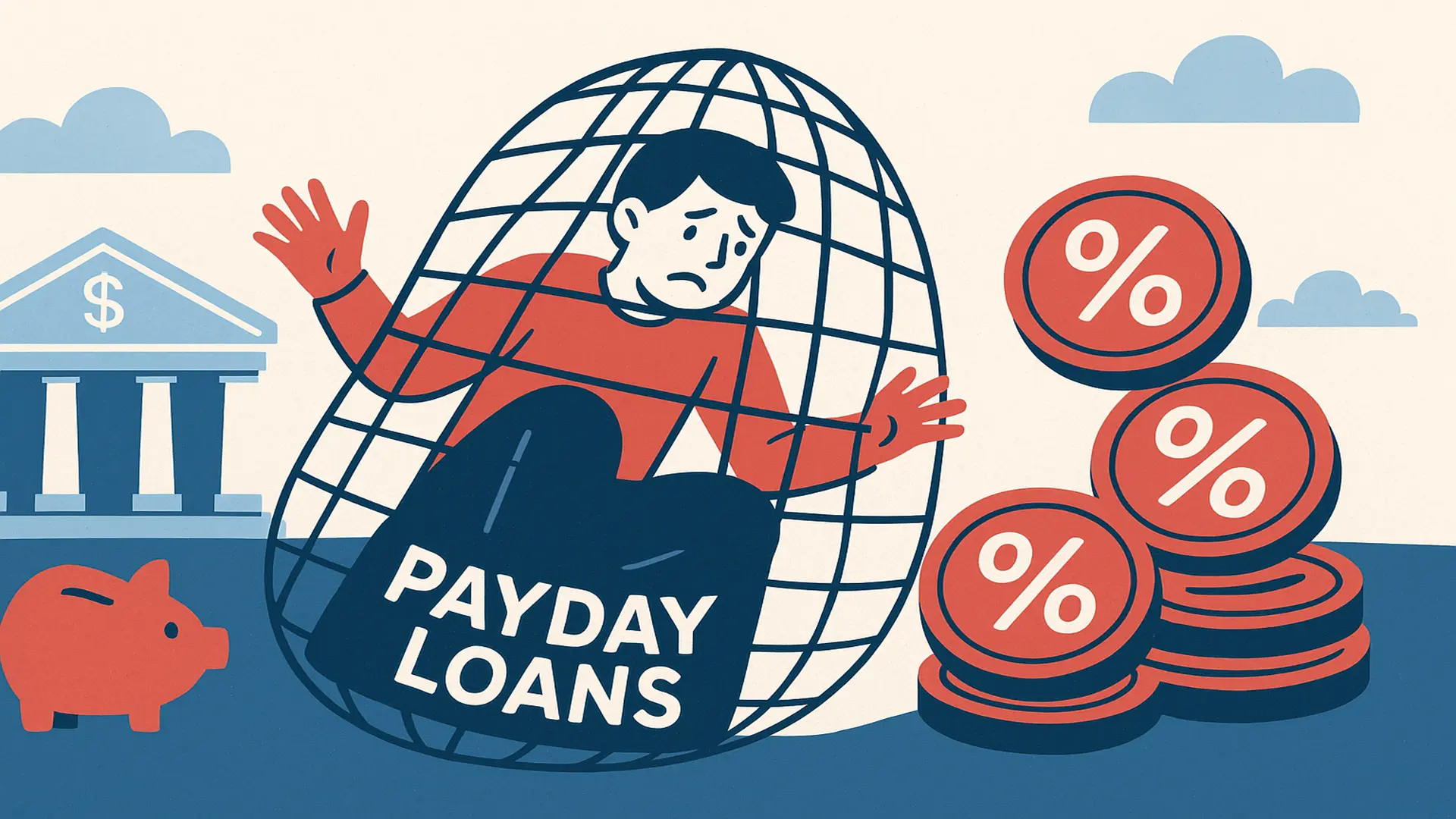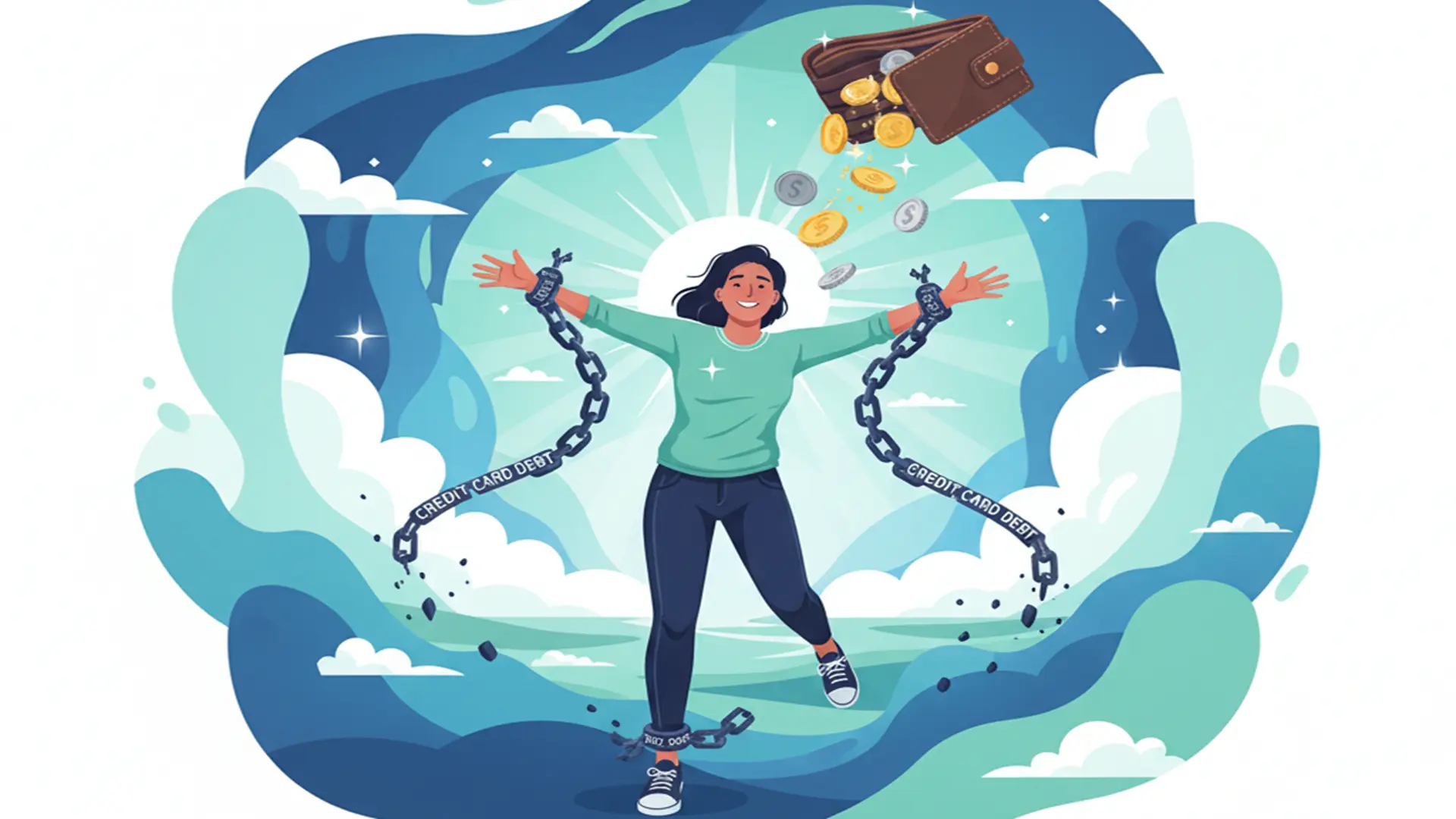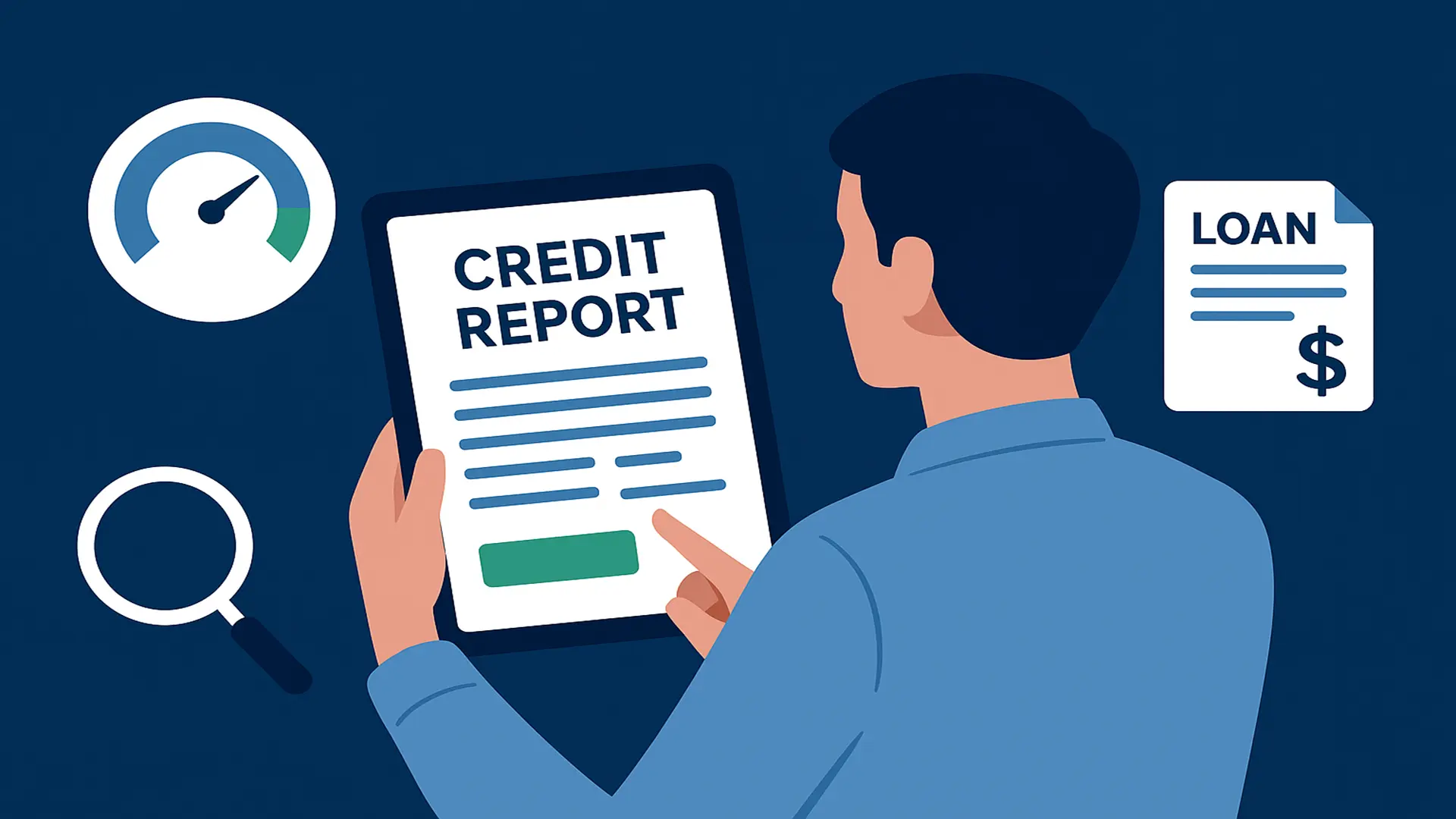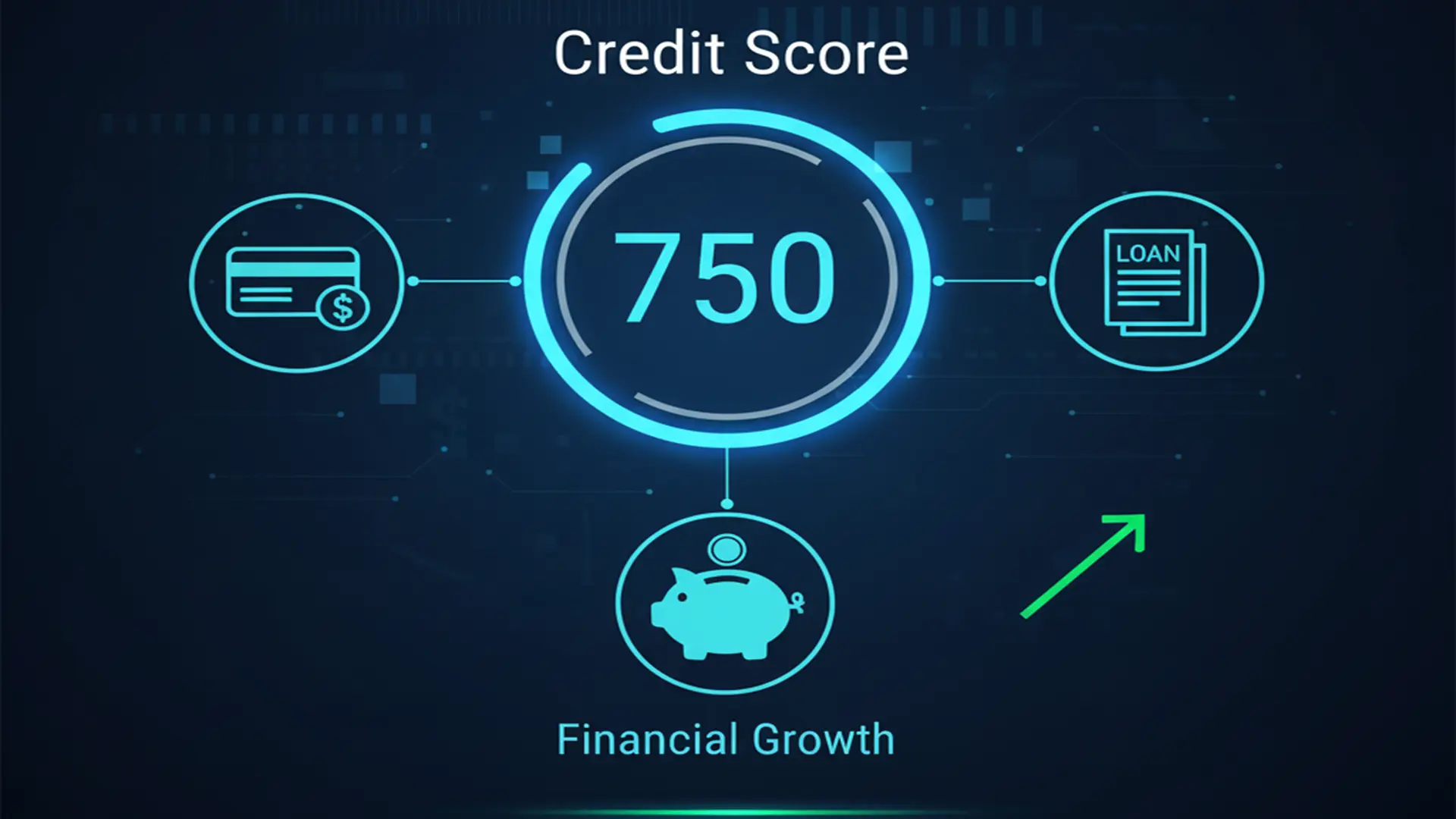The burden of debt can feel like an overwhelming burden, especially for households with low incomes who are juggling several credit card and loans. In order to pay off debt effectively, it requires an approach, and two most popular strategies make an appearance in The Snowball and Avalanche techniques. Both can help you eliminate debt in a systematic manner, however they differ in the approach and effectiveness. Knowing these techniques will save you time and stress. This article compares Snowball with the Avalanche methods, and explains how they work and which would be the best for your situation.
Why a Debt Repayment Strategy Matters
It’s not just about throwing money at your bills. If you don’t have a strategy you could pay more interest or be in debt for longer. For those with low incomes high-interest debts such as payday loans or credit cards can consume a significant portion of their income. A financial report for 2025 indicates that 55 percent of Indian households that have debts are struggling to pay it back because of inadequate plan.
A method that is structured like Snowball or Avalanche keeps you on track. It can help you prioritize the amount of debt, decrease the cost of interest, and create momentum towards financial independence. Selecting the best approach is dependent on your income, the type of debt you have and your motivational and style.
The Snowball Method Explained
The Snowball method is focused on settling your smaller debts first. List all of your debts, starting with the smallest and ending with the biggest balance regardless of the interest rate. Make sure you pay the minimum amount for all debts and make extra payments towards the one with the lowest balance. When it’s all paid you can roll the payment over to the next debt with the lowest amount.
This technique builds psychological victories. The process of settling small debts in a short time feels good, which encourages you to continue. For instance, if are owed Rs5,000 on a credit card and the same amount on a personal loan You will tackle the initial amount of Rs5,000. A study in 2025 found the 60% the people who use Snowball are committed to using the service due to the quick successes.
How the Snowball Method Works
If you have three outstanding loans that include: Rs5,000 credit card (18 percent interest) as well as a personal loan of Rs10,000 (12 percent interest) and a an education loan of Rs30,000 (8 percent interest). Your monthly budget allows Rs2,000 for debt repayment. You must pay the minimum for each (say Rs500 1,800, Rs 1000) with a surplus of Rs700. Apply that Rs700 towards the credit card of Rs5,000.
When the credit card is paid in full, add the payments of Rs1,200 (Rs500 minimum plus Rs700 additional) to the minimum personal loan amount, each month you pay Rs2,000. Once you have paid off the personal loan, you can roll all of the money in the loan for education. The “snowball” effect accelerates repayment when you advance higher up the list.
The Avalanche Method Explained
The Avalanche method is a way to prioritize debts that have the most interest rates. Sort your debts by top to bottom interest rates regardless of the balance. Pay the minimum amount for all loans, and then channel any extra money to the highest interest debt. When it’s fully paid off then move on to the next debt with the highest interest.
This technique will save the most on charges over the course of time. Credit cards with high interest rates, such as credit cards that charge 18-36 percent in India increase quickly when unpaid. In 2025, a CIBIL report reveals that Avalanche users can save 20-30 percent more in interest when in comparison to other options which makes it a great choice for those who want to save money.
How the Avalanche Method Works
In the same way, consider that is: credit card of Rs5,000 (18 percent interest) and a personal loan of Rs10,000 (12 percent interest) as well as a the education loan of Rs30,000 (8 percent interest). With Rs2,000 to pay back and minimum payments (Rs500 or Rs800, or Rs1,000) with a balance of Rs700 remaining for the credit card because of its 18% interest rate. After the loan is paid, you can apply amount of Rs1,200 to the personal loan (12 percent interest).
After you have paid off your personal loan, you can roll the total amount into the education loan (8 percent interest). This will reduce interest costs since you are tackling the most expensive debts first. It could take longer to see the results however, it’s a good financial strategy.
Snowball and. Avalanche: Which is more effective?
This Snowball method is ideal for those who need motivation. In the short term, paying off small debts fast increases confidence, particularly for people with low incomes and who are weighed down by a multitude of debts. But, it can be more expensive in terms of interest in the long run. If you have a balance of Rs5,000 at 17% and Rs30,000 with 8 percent, Snowball prioritizes the smaller debt while the bigger one increases more quickly.
The Avalanche method is a good choice for those who are looking to save money. By targeting high-interest debts, you reduce total costs. For families with lower incomes it can help free money faster, but it takes patience as high-interest debts could have substantial balances. Select based on whether saving or motivation is the primary goal.
Tips for Success with Either Method
Begin by listing all debts including balances, interest rates and the minimum amount to pay. Make use of a budgeting program such as MoneyView that is a favorite in India by 2025, to keep track of the amount of payments. Reduce expenses that aren’t essential, such as eating out, to save money. A monthly payment of Rs 500 could make a difference. Look into side hustles, such as tutoring on the internet, to increase the amount of repayment.
For people with low incomes, you can check the government’s debt relief programs as well as negotiate with creditors to get lower rates. Automate your payments to avoid missing due dates, which could affect your score on credit. Check your progress each month to keep you motivated and make adjustments when necessary.
Making It Work on a Low Income
The poorest households typically face expensive essential expenses, leaving only a small amount to pay for debt. Utilize a budget similar to the 50/30/20 rule to assign 20% of income for debt. If you earn a salary of Rs20,000 which is Rs4,000 per month, that’s a total of. An extra $1,000 for Snowball or Avalanche accelerates progress.
In India Do not take payday loans, which could cost you 300% per year. If you are struggling, ask your bank about ways to reduce your debt. Paying in small, regular installments using either option increase your momentum and help you get debt-free more quickly.
Conclusion
It is true that the Snowball and Avalanche methods offer clear ways to address debt, even with an income that is low. The Snowball method builds momentum by clearing small amounts of debt, whereas Avalanche helps save money by focusing on high-interest debts. Each requires discipline, budgeting and a few sacrifices. Pick the strategy that is compatible with your goals, whether it’s savings or motivation. Then begin today. By committing, you’ll lower the burden of debt, ease stress and get closer to financial independence.
FAQ
Q: Which method is faster for paying off debt?
A: Avalanche is faster for reducing interest costs, but Snowball may clear smaller debts quicker, boosting motivation.
Q: Can I combine Snowball and Avalanche methods?
A: Yes, you can start with Snowball for quick wins, then switch to Avalanche to save on interest.
Q: How do I find extra money for debt repayment?
A: Cut non-essentials like subscriptions or start a side hustle to add ₹500–₹1,000 monthly.
Q: Will these methods improve my credit score?
A: Yes, consistent payments and lower credit utilization from either method can boost your score.
Q: What if I can’t afford minimum payments?
A: Contact lenders to negotiate lower payments or explore debt relief programs in India.
